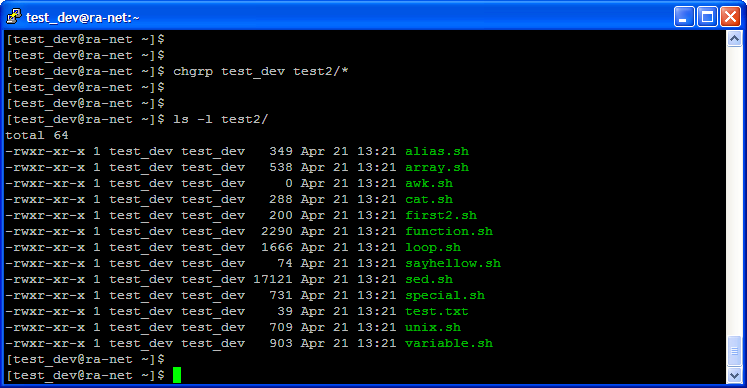

The Open Group works closely with the community to further the development of standards conformant systems by evolving and maintaining the value of the UNIX …

This is our second post on compression and archiving series. Today we will see how to use gzip and gunzip commands with examples. Gzip(GNU zip) is a compress tool which is available in most of the Linux/Unix based operating systems.
Unix users can link software tools and small programs together through a command-line interpreter that uses pipes. The command-line interpreter is a user-level program, and additional commands are separate programs.
/about/lunch-time-in-the-office-533723382-57ebc42e3df78c690fc7994a.jpg)
Instructions and examples for using the command expect, a program that talks to other interactive programs according to a script.
This is a list of Unix commands as specified by IEEE Std 1003.1-2008, which is part of the Single UNIX Specification (SUS). These commands can be found on Unix operating systems and most Unix-like operating systems.

Unix was originally meant to be a convenient platform for programmers developing software to be run on it and on other systems, rather than for non-programmers.

I know there is the /etc/group file that lists all users groups. I would like to know if there is a simple command to list all user group names in spite of parsing the world readable /etc/group …
mount – Unix, Linux Command Manual Pages (Manpages) , Learning fundamentals of UNIX and Linux in simple and easy steps : A beginner’s tutorial containing complete knowledge of Unix Korn and Bourne Shell and Programming, Utilities, File System, Directories, Memory Management, Special Variables, vi editor, Processes


I want to know the meaning of {} + in the exec command, and what is the difference between {} + and {} \;. To be exact, what is the difference between these two: find . -type f -exec chmod 775 {} +
How can I create and extract zip archives from the command line?

